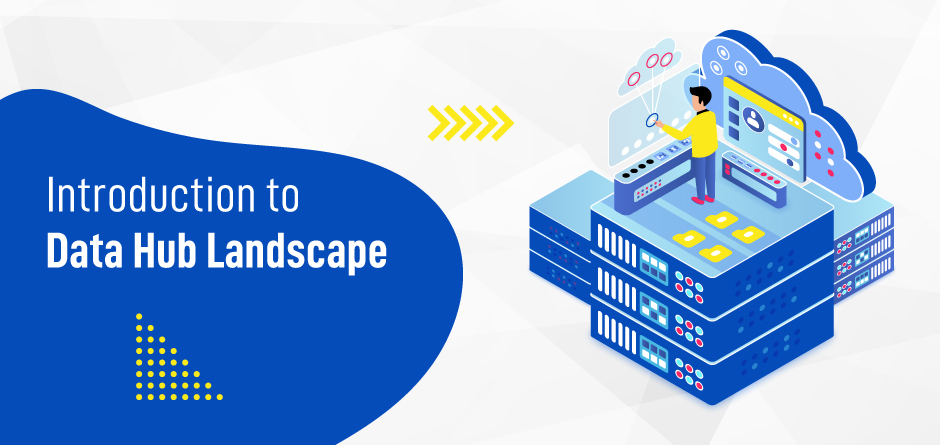
Introduction to Data Hub Landscape
The Data Hub Landscape is one of the strongest components of the Mendix platform. Data Hub includes landscape presentation of data items selected in the Data Hub and relationships with applications that require the datasets that they require to connect with the data hub. Data Hub Landscape, the nodes are the compile-time instances of applications (or, more specifically, the running of applications of apps in specific environments) and the published OData services from the applications.
The data hub is not just a low-code platform applied to data integration. It’s the next step for low-code platforms as well. With Data Hub, we’re going ahead from data hub and talking about systems and their data use to a platform where all data is fast to access there, as part of the Mendix data hub platform and fast and accurate like local application data. Such functionality can help you to easily make highly dynamic and supportive landscapes of components and microservices without any error with architectural best practices like encapsulation and data ownership.
All public services that are working with Data Hub are also shown in the Landscape.
In the data hub landscape, you will see the fast and powerful network of deployments of the applications publishing OData services and those requiring them. It enhances fast searching for suitable data sources in the Data Hub Catalog by showing the below Point:
- All applications in the Data Hub Landscape and the apps that required data from them.
- The dependencies between consuming and publishing the apps on the cloud.
- Services published from an app (deployed to a specific catalogue in a data hub) and the datasets that are exposed in the service.
Views of the selected nodes. This visual display of selected assets will enable you to work on them fast. - Decide on the similarity of available assets by viewing the apps that are consumed by applications in Mendix.
- Explore the context of the data that is shared by the network of nodes for a service and then running the entire application.
- Determine the differences between the services from the displayed network of dependencies, by seeing how all application data is used by the data hub.
Data Hub Landscape in Detail
The Landscape required of a service and its network will be such that it will show the “working” of data from the low level of the display towards the top as per the to the following points:
- Project deploying service will be structured below the service
- Services that are required by an app will always be shown below it
- Applications that require a selected service will always be organised sequentially.
Landscape
The data hub is an important factor in managing and organising data in sequential order to get the desired results in a very short span of time.
You can view the landscape and zoom with the mouse. You can also collapse the search pane and the metadata pane so that the full-screen area is always visible for viewing.
When you select the catalogue tab, the Details screen of the item selected is displayed in the search pane.
Data Sources
The published OData services are displayed as a round node with the icon that shows the Technology (OData) and the service name and version number on the line connecting it to the publishing application, the number of datasets exposed in the service for utilising the data hub module.
Applications
Applications are shown as square icons with the app icon and the environment that the application is published to is given below the app name. The data hub is a very secure way of a transaction between different cloud platforms and a Mendix app (CompanyCarDemo) which is deployed to the Mendix Free App environment, Sandbox. The third example is another Mendix app (HRSample_App) deployed to the production environment which has a custom icon.
Dependencies in Data Hub
The connection and dependencies between apps, published services, and consuming apps are represented by connecting lines that also show the datasets that are published by services and consumed by consuming apps.
Conclusion
Data hubs allow us to discover and understand the data. The Mendix Data Hub Catalog is an open-source, standards-based metadata repository that enables all data users and developers and citizen developers to discover data within their connected data ecosystem. The data hub is working in a very systematic way to approach different modules in a structured way to synchronize all applications in a certain way.
RECENT POSTS
CATEGORIES
